Whoo Whoo---doesn't love Owls ??
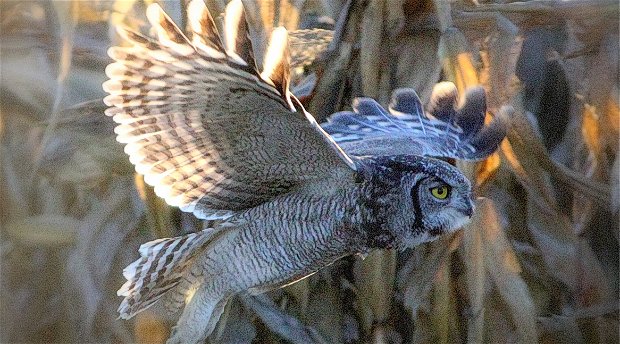
A wise old owl sat on an oak
The more he saw the less he spoke
The less he spoke the more he heard
Why aren't we like that wise old bird ?
Seldom seen but often heard, these phantoms of the night have featured in mythology and folklore, and are one of the few birds that have been found in prehistoric cave paintings. Long revered, these fabled hunters are blessed with remarkable talents, their sight and hearing is legendary, and this coupled with near silent flight due to special feathering leaves prey with a huge disadvantage.
Here at Amohela ho Spitskop Conservancy we have 4 resident species:
Barn Owl, Spotted Eagle Owl, Cape Eagle Owl and the Marsh Owl.
The Marsh Owl is crepuscular and hunts at dusk and dawn and is to be seen at those times cruising back and forth above the grass looking for prey, mainly small rodents but often switches to small birds if rodents are not available. Prey items include mice, voles, rats, shrews, young hares, bats, birds up to the size of small ducks and doves, frogs, lizards, scorpions, beetles, grasshoppers, and flying insects may be hawked in flight.



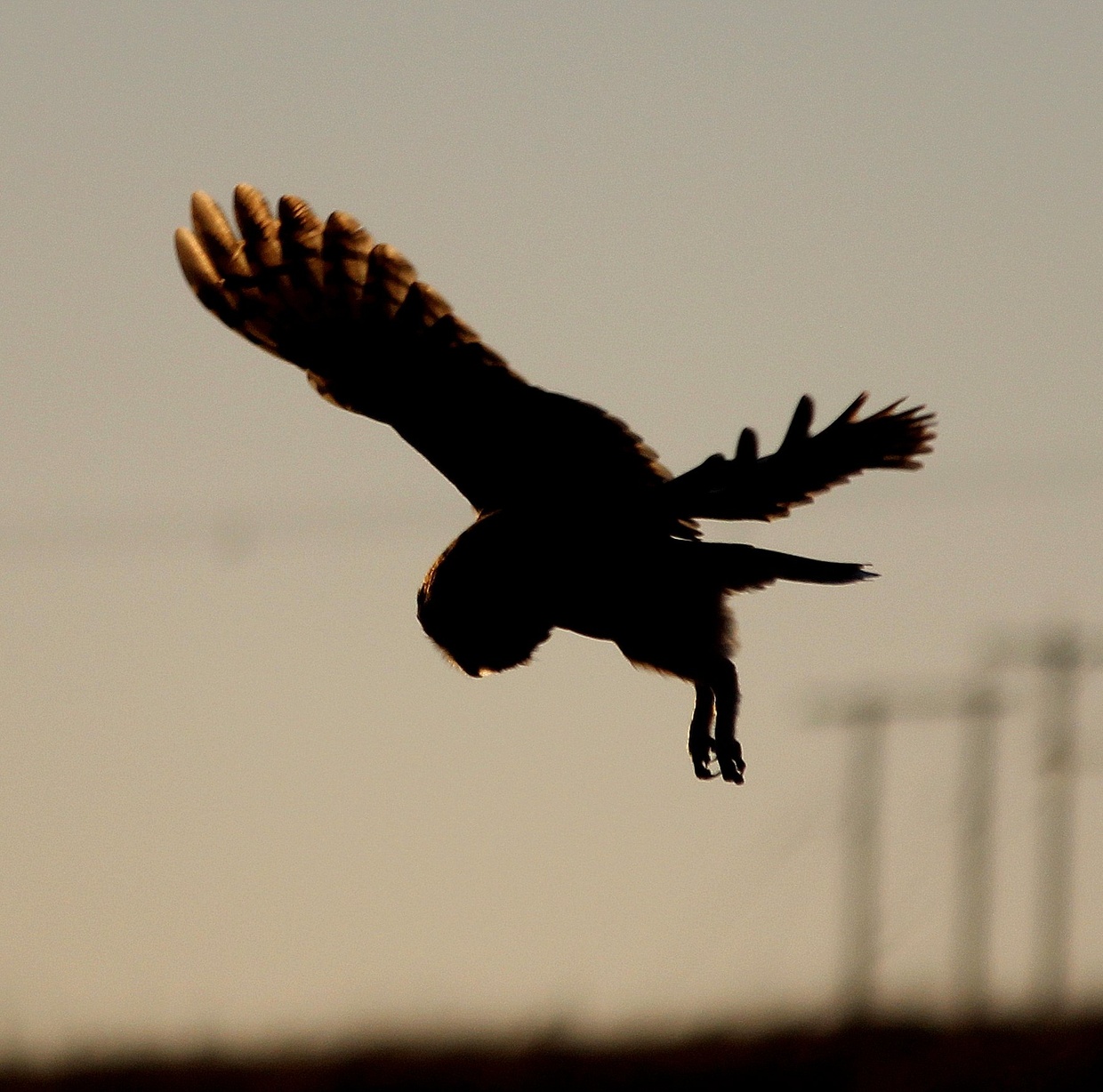

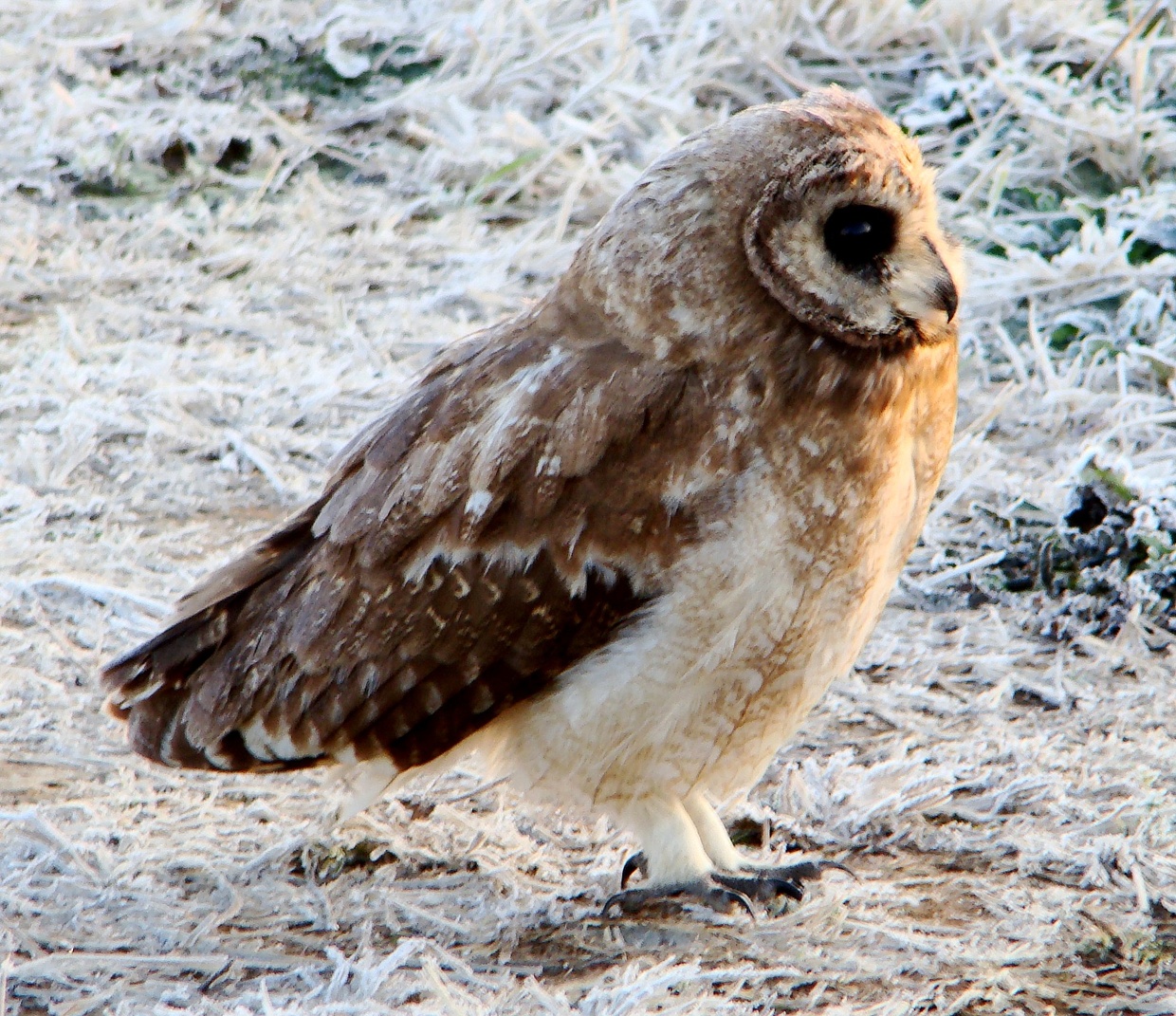


++++++++++++++++++++++++
The handsome Barn Owls are truly nocturnal by nature and only start to hunt after dark often through the night and can be recognized by their drawn-out rasping screech. Barn owls specialise in hunting animals on the ground and nearly all of their food consists of small mammals which they locate by sound, their hearing being very acute.
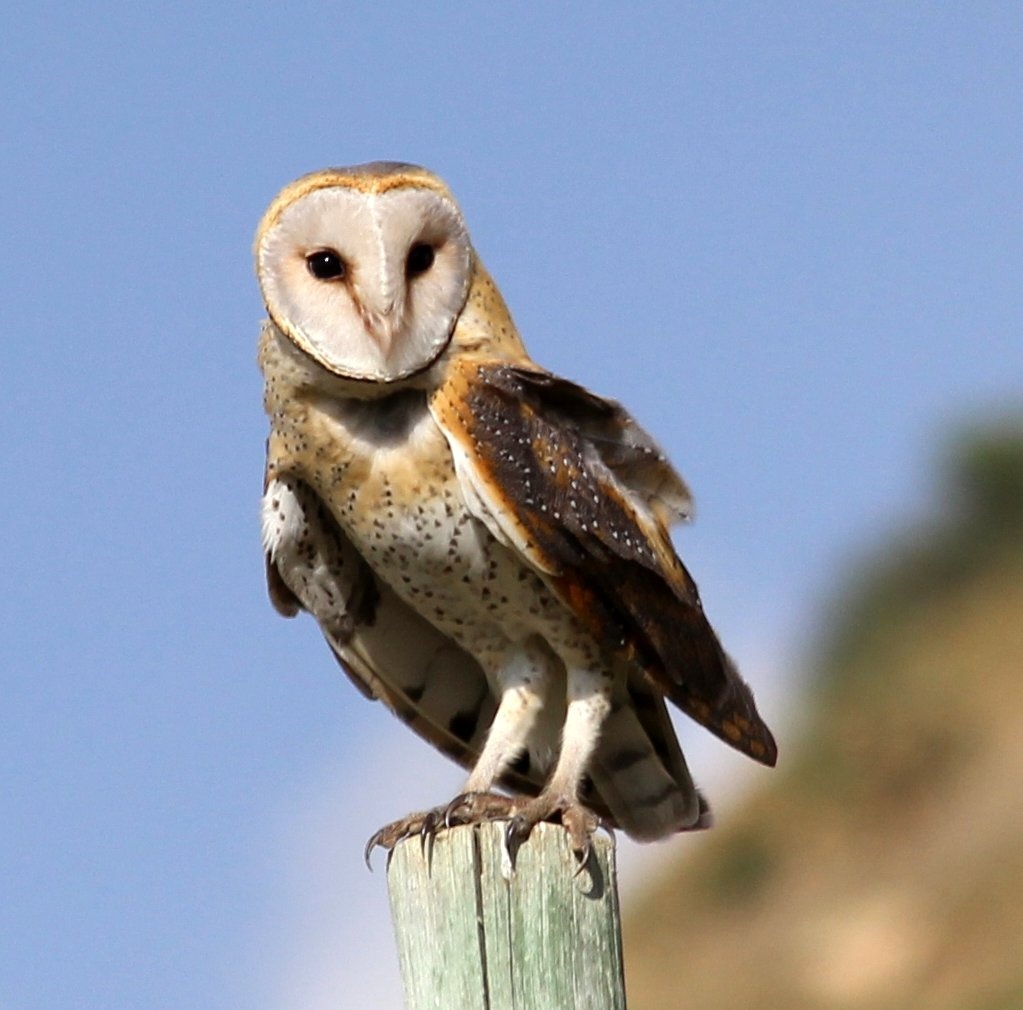


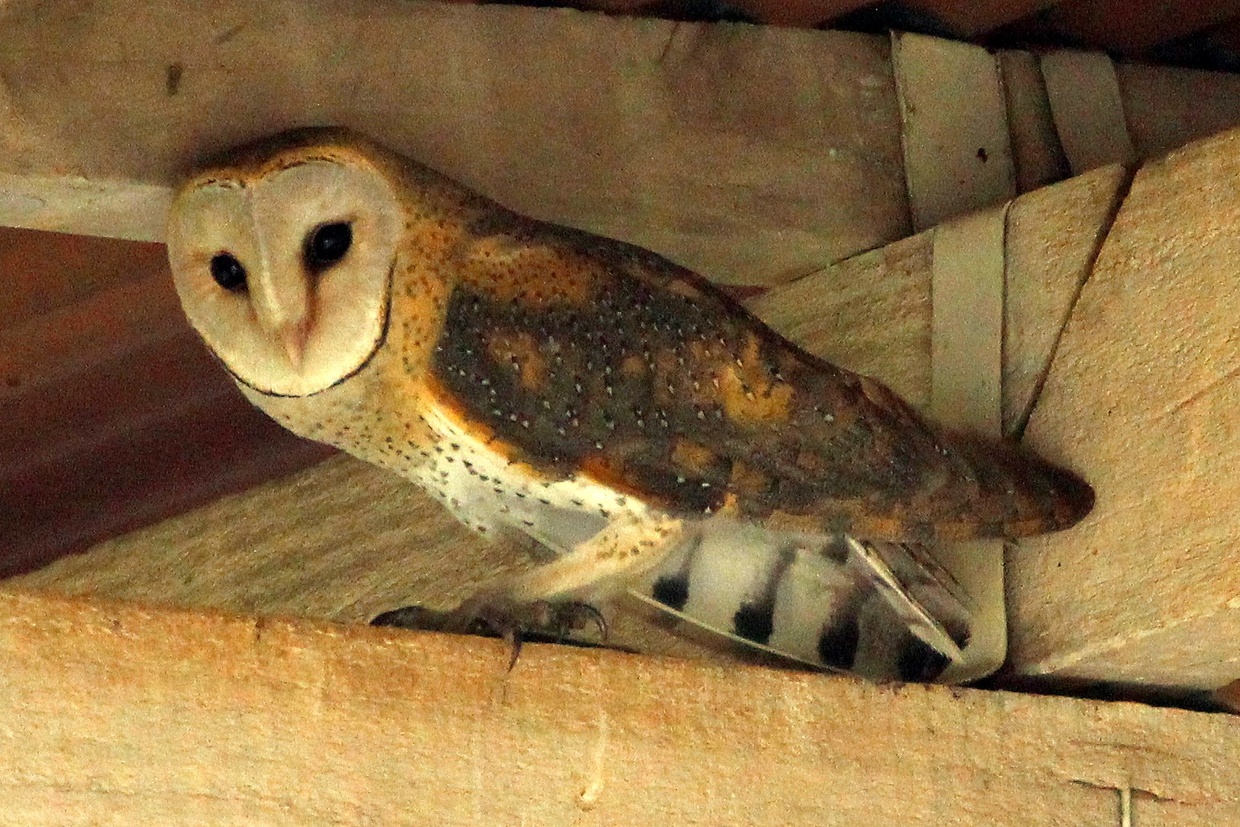
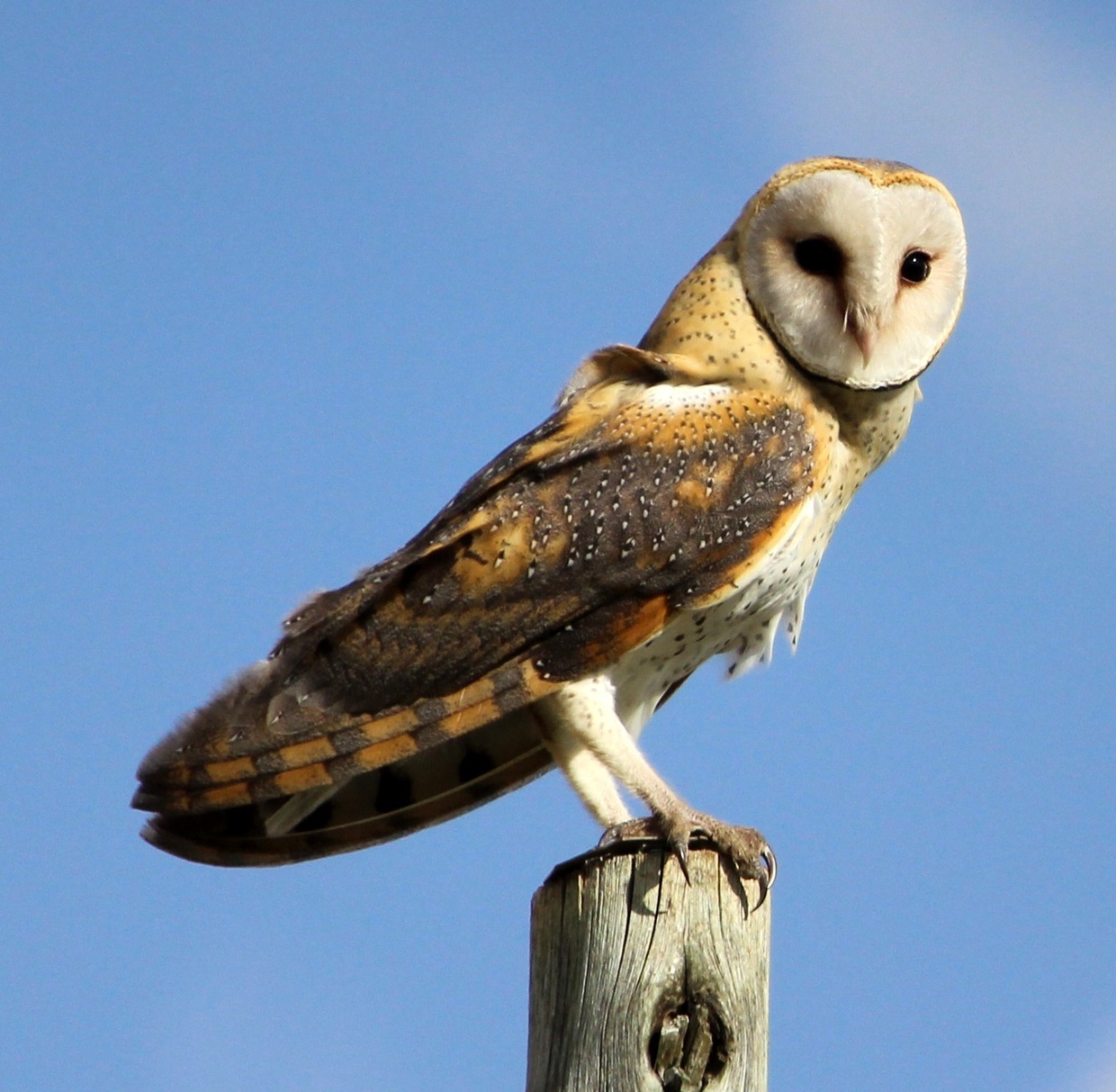
Owls swallow their prey whole and indigestible material such as teeth, skulls, claws, and feathers that are too dangerous to pass through the rest of the owl's digestive tract are safely regurgitated as owl pellets, these clearly visible in the photographed barn owl pellets.
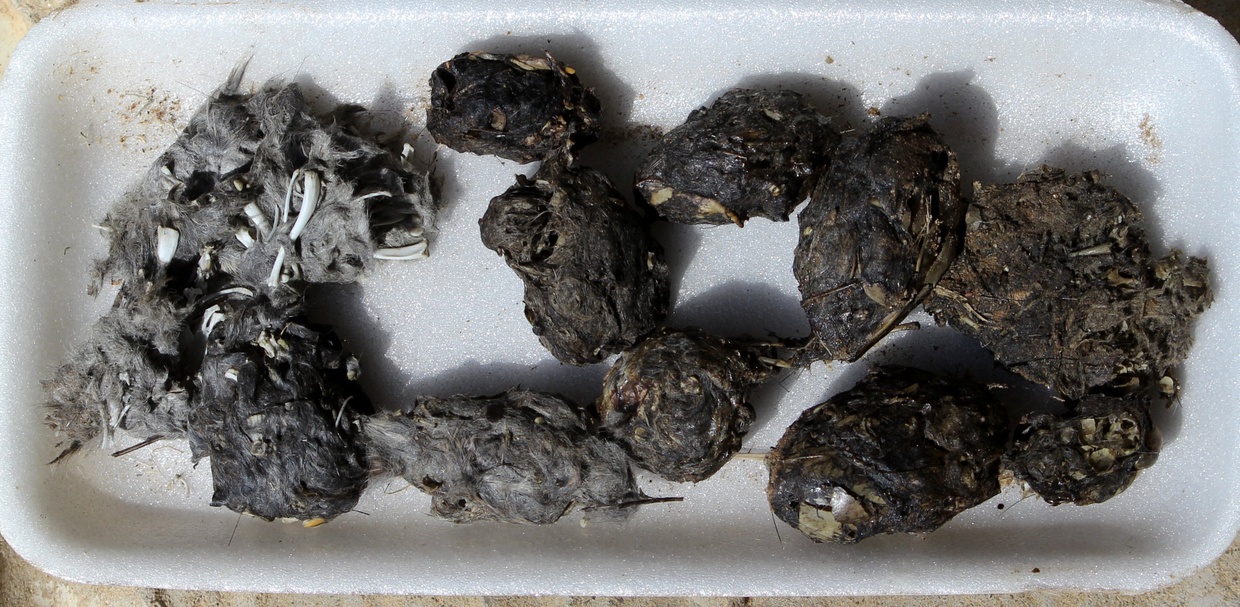
We have created owl friendly roosts and perches around the Conservancy to attract owls and we have certainly been successful, as can be seen by Allen’s beautiful photographs.The barn owl pellets photographed represent one weeks hunting skills of these remarkable birds. We can hear their stunning owl screech all night from the various roosts and hunting perches and it is clear that with good conservation practices one does not need the deadly poisons so often used to kill rodents, just make your garden owl friendly.
++++++++++++++++++++++++++++++++++++++++++++++
The Eagle Owls are nocturnal and are powerful and voracious hunters, sometimes in pairs, they constantly call to each other in a mellow hoot. Their varied diet consists of rodents, birds, small mammals and we have seen them hunting scrub hare in unison. Larger than the Spotted Eagle Owl the Cape Eagle Owls roost in trees by day but here at Spitskop they favour the mountain for their breeding site.


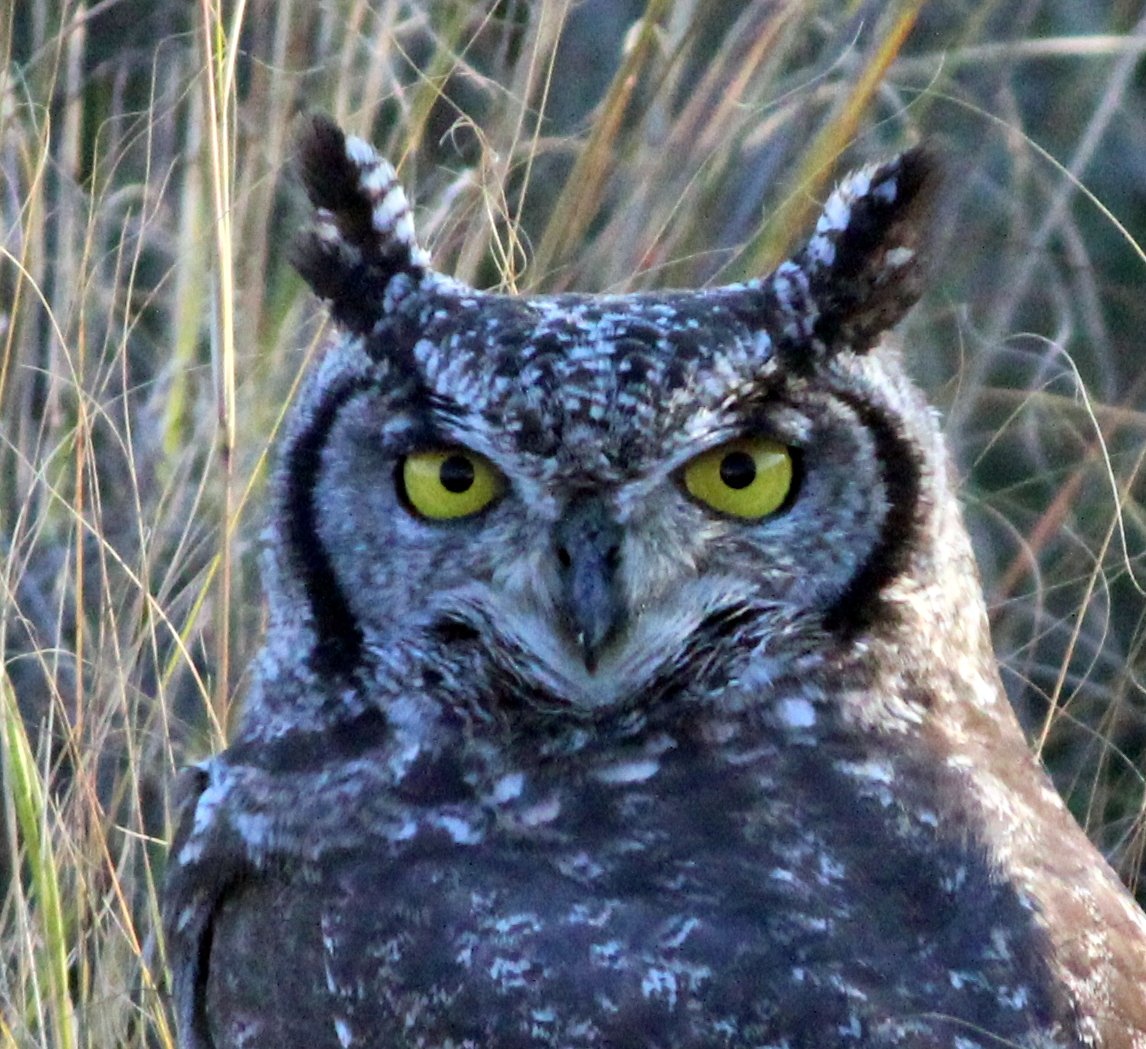
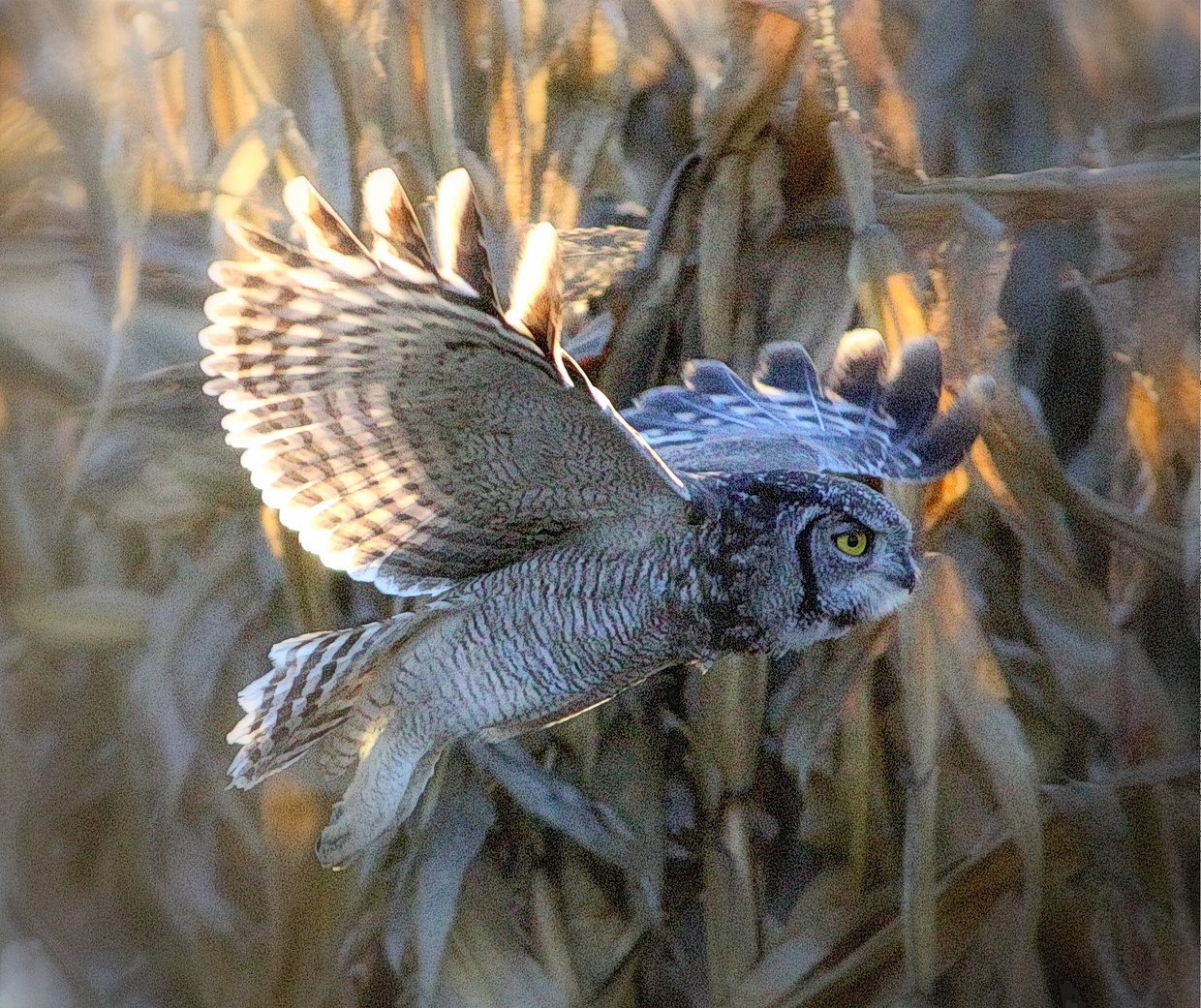



Share This Post